Understanding A Thalassemia Transplant
The aberrant generation of hemoglobin that characterizes thalassemia causes anemia and a number of associated health problems. The ailment can range in severity, and some sufferers need regular blood transfusions to control their condition. As a result, for patients with severe thalassemia who risk long-term transfusion-related issues or have little access to appropriate medical care, a thalassemia transplant becomes a potential option.

Introduction
For people who have been diagnosed with thalassemia, there are several difficulties. Thus, this includes a set of inherited blood diseases that damage the body’s capacity to make hemoglobin. A bone marrow or stem cell thalassemia transplant, commonly known as a hematopoietic stem cell transplant, may be able to treat it. It is done for people with severe types of thalassemia. In this complex medical technique, defective stem cells are replaced with healthy ones to promote the generation of normal blood cells.
Hence, this blog will explore the thalassemia transplant procedure. As a result, it will illuminate the numerous steps, factors, and technological breakthroughs that have made this therapy a ray of hope. Majorly, for thalassemia sufferers.
First: Finding a Suitable Donor.
A suitable donor is necessary for a successful HSCT, especially a sibling whose tissue type closely resembles the recipient’s. Therefore, this raises the likelihood that a thalassemia transplant will be successful. However, it also lowers the danger of graft-versus-host disease (GVHD), a frequent complication. This is a condition in which the immune system of the donor attacks the tissues of the recipient. Unrelated donors or cord blood units are always to be keepen into consideration. But this is done only in situations where a sibling donor is unavailable or is not a good match.
Second: Exercise Programme
The patient goes through a conditioning programme prior to the thalassemia transplant, which includes chemotherapy and occasionally radiation. This procedure has two purposes: elimination & preparation. Elimination is to get rid of any remaining aberrant cells that can lead to difficulties after the transplant. While preparation is to get the recipient’s body ready for the incoming stem cells.
Third: Thalassemia Transplant
Similar to a blood transfusion, the thalassemia transplant procedure includes injecting healthy donor stem cells into the recipient’s circulation. These stem cells go to the bone marrow. There, they begin to make healthy red blood cells and other blood cells, including those containing hemoglobin. The objective is to switch out the dysfunctional stem cells that cause thalassemia with healthy ones.
Fourth: Recuperation and engraftment
Following the thalassemia transplant, the patient goes through a crucial period called engraftment. The transplanted stem cells start to integrate into the bone marrow at this time and start making healthy blood cells. A patient is continuously watched for indications of problems, infections, and graft failure. This is important for the duration of engraftment, which might take several weeks.
Fifth: Managing Follow-Up Care
After successful engraftment, the recipient moves onto the post-transplant care and management phase. This includes keeping track of blood counts, testing for GVHD, and offering supportive care to avoid and handle problems. The patient’s long-term health depends on scheduled follow-up visits and a watchful medical staff.
Thalassemia Transplant Improvements

Thalassemia transplant methods have significantly improved in recent years, improving results and increasing the pool of patients who are qualified. Important developments include:
- Reduced-Intensity Conditioning:
This reduced conditioning regimen tries to lessen the toxicity and adverse effects of pre-transplant radiation and chemotherapy. As a result, it makes the process safer for elderly patients or those with pre-existing medical issues.
- Immunosuppressive therapy:
Immunosuppressive therapy advances have increased the effectiveness of haploidentical (half-matched) transplants. Moreover, it enables family members who are not exact matches to donate, thus expanding the donor pool.
- Gene Therapy:
While not a standard transplant, gene therapy has a lot of potential for those with thalassemia. In this cutting-edge procedure, the patient’s own stem cells undergo modification to make healthy hemoglobin. Gene therapy presents a potential curative treatment for thalassemia, despite the fact that it is still in the experimental stage.
Thalassemia Transplant: A Glimpse of Hope

Thalassemia transplants represent a significant medical advancement in the treatment of this complex genetic disorder. Through a multi-step process that includes finding a suitable donor, preparing the recipient, and ensuring successful engraftment, these transplants offer a chance at a healthier, more fulfilling life for individuals with severe thalassemia. As medical research continues to evolve and technology advances, the field of thalassemia transplants holds the promise of better outcomes, reduced complications, and an improved quality of life for countless individuals around the world.
For more information visit us at Travocure!

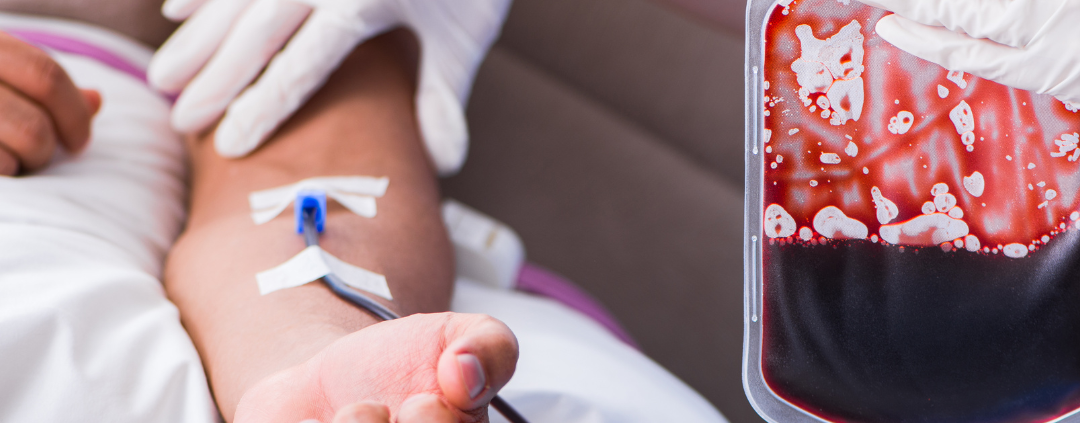

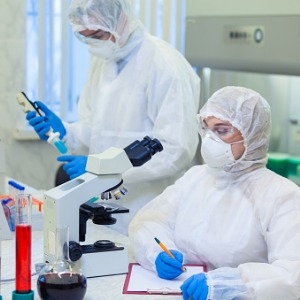
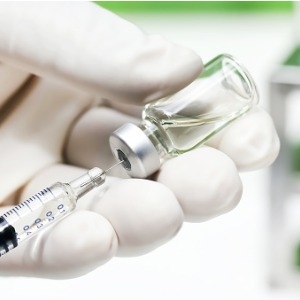

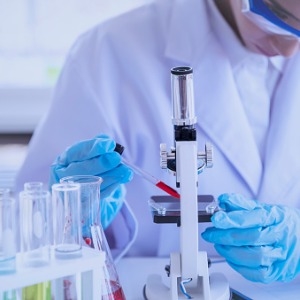
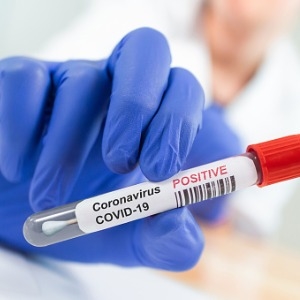








Leave a Reply
Want to join the discussion?Feel free to contribute!